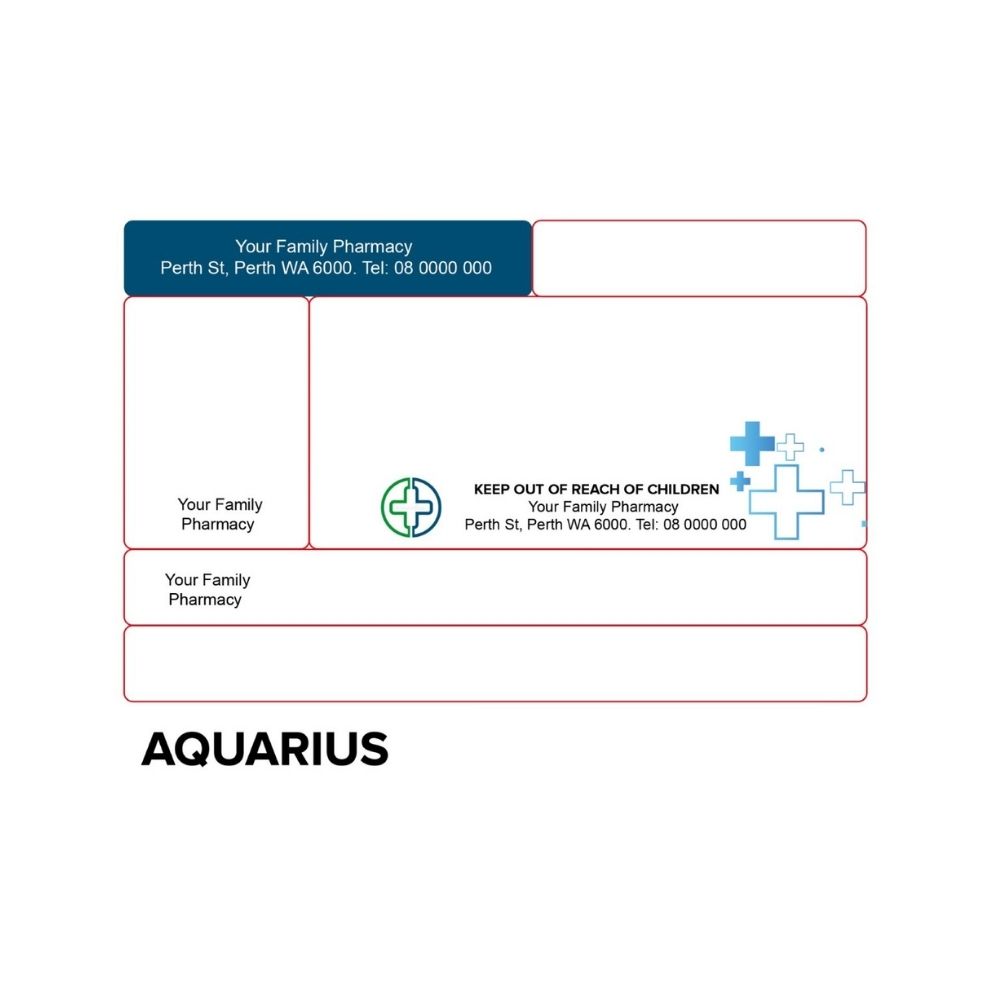Customers always benefit from knowing the official product name, the active and inactive ingredients’ quantities, uses, cautions, and allergic reactions from the label. Both patients and medical professionals benefit from labeling, and pharmaceutical products need packaging and labeling for sale. Pharmacy labels provide details, including the patient’s name, the doctor’s name, the drug’s name and strength, dose instructions, and more. The name of the preparation, the number of medications, the patient’s name, the patient’s instructions, and the date of dispensing are all included in the label’s details. The procedures are essential for the development of pharma companies. The monitoring and analysis of each phase, from production through labeling.
The packaging and labeling processes are crucial in the pharmaceutical sector. These are controlled or authorized by regulatory bodies, and they specify the packing material under specific pharmaceuticals and ingredients in compliance with the guidelines. The most crucial aspects of product packaging and labeling are full adherence to all laws and regulations. Thus, from the earliest stage of manufacture to labeling, consider every step carefully for the growth of the pharmaceutical industry. Anyone in the pharmaceutical industry will know the importance of pharmacy labels. Our company is leading in the creation of cautionary labels for pharmacies. Trust us with your labeling.
What are cautionary advisory labels?
A label that a pharmacist adds to a medication package after dispersing it, in addition to the prescription label, is an auxiliary label. It is also known as a cautionary and advisory or prescription drug warning label. Warning labels on products and packaging assist in letting customers know about potential risks. While this form of operation protects the business from legal action, it’s crucial to understand how it will affect health and safety procedures for the people it protects.
The purpose of this label is to inform patients that before using any other medications, including over-the-counter or complementary ones, while taking this medication, they should speak with their doctor or pharmacist. Auxiliary labels draw attention to elements of the medication that patients should remember. Auxiliary labels are used in addition to prescription labels to give patients additional information so that medications are administered, used, and stored correctly.
Points that include under Pharmacy labels
- Examples and Uses
- Dosage and management
- Forms and Strengths of Doses
- Contraindications
- Precautions and Warnings
- Negative Reactions
- Adverse drug reactions
- Use with Particular Populations
- Drug addiction and abuse
- Overdosage
- Clinical Pharmacology description
- Applied Toxicology
The following design components could make a warning label better:
- Large print
- Colour contrasts
- For emphasis, use borders and underlining.
- Simple to comprehend images
- Symbols that convey a threat
Advice on designing powerful safety warning labels
- Use pictograms and symbols
- Choose signal words
- Write clearly and concisely
- Include a resourceful message
- Adhere to safety warning standards
- Select the most effective writing format.
Conclusion
According to federal law, the maker of a product must provide a warning label on the product if it poses a risk that is not clear to the user. The label will disclose the danger. Warning labels are not necessary by law for every potential risk that the product might provide. The medication’s label explains how to use it, who should or shouldn’t take it, and what it’s supposed to do. OTC drug labels have long provided consumers with usage and safety instructions.
Pharmacy labels emphasize crucial instructions like when to take the medication or safety measures that they must take when using the medication. They are responsible for educating customers and users about concealed product hazards so they can use the product safely. Without warnings, a product may be defective since they draw attention to potential dangers.
To ensure that customers are aware of risks they might not otherwise be aware of, warnings are a must. This is particularly true if the product’s producer knows the possible risk and understands that a consumer is unlikely to be aware of it. Cautionary advisory labels are essential for medicines. People read these before buying. Our company can make these labels for you to keep your customers enlightened.
You may also like
-
Automatic Fruit Wine Bottling Line for Small Wineries: A Complete Guide
-
How Does Plywood HSN Code Decide the GST Rate for Traders and Manufacturers?
-
POS Terminal Type: Which Is Best for Your Business?
-
How to Choose Fixed and Portable Gas Monitors for Industrial Gas Detection?
-
Simplifying Trademark Registration in Hong Kong: What Businesses Need to Know

